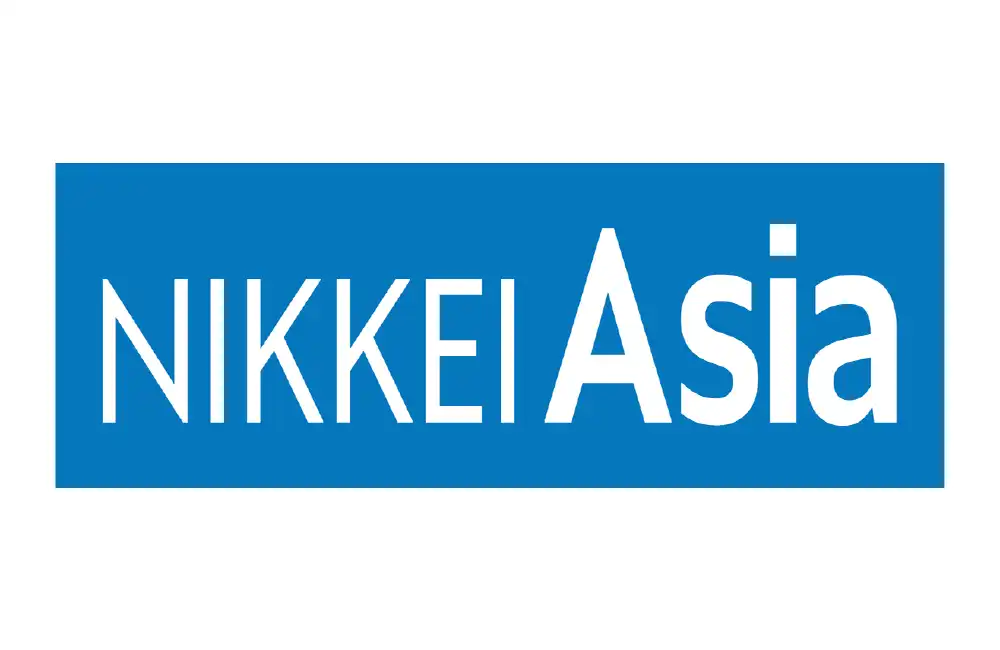The natural resources found across different regions serve as fundamental elements that support energy production along with industrial growth and technological advancements in numerous prosperous economies worldwide.
What accounts for the abundant natural resource reserves found in regions such as North America and Latin America compared to their scarcity in other areas? Investors seeking resource-rich market opportunities can gain valuable insights by understanding the unique mix of geological history and socio-economic factors.
Geological Factors Shaping Resource Abundance
The distribution of natural resources on Earth depends primarily on natural processes. The combination of tectonic movements and volcanic activities along with sedimentary deposits full of minerals formed the resource wealth present in areas such as North America and Latin America throughout millions of years.
- Oil and Gas: Ancient organic deposits that underwent burial and compression over millions of years formed North America’s significant oil and gas reserves found in formations like the Permian Basin in the United States and Alberta’s oil sands in Canada. Latin America maintains substantial oil reserves located in Venezuela’s Orinoco Belt as well as Brazil’s pre-salt oil fields.
- Mineral Resources: The Andes Mountains in Latin America contain substantial deposits of valuable minerals such as copper, silver and gold. The convergence of the South American Plate with the Pacific Plate through tectonic activity produces substantial copper reserves in Latin American countries such as Chile and Peru. Volcanic activity led to the formation of Mexico’s renowned silver mining operations.
- Lithium Deposits: Renewable energy transition relies on lithium which serves as “white gold” and powers electric vehicle batteries and electronic devices. The geographic area known as the “Lithium Triangle” which includes Bolivia, Chile and Argentina contains most of the world’s lithium deposits because of the special characteristics of ancient evaporated salt lakes found there.
Geological luck sets the initial stage but represents just a fragment of the entire story. The ability of nations to convert their natural resources into economic success depends equally on historical influences and human actions.
Historical Context and Colonial Influences
The distribution and use of resources throughout history has been significantly shaped by historical events. The practice of resource extraction began during the colonial era throughout most parts of Latin America. The European colonisers extracted massive amounts of gold and silver from Latin America together with other minerals which established its vital role in worldwide trade.
The natural resource development in North America occurred later and was propelled by industrialisation during the 19th and 20th centuries. The United States and Canada conducted exploration activities that revealed vast oil and mineral reserves which established these countries as top producers of natural resources worldwide.
Chile and Peru have utilized modern governance and technological progress to establish industries centered on copper despite historical resource export dependence due to colonialism.
Economic and Political Stability
A nation needs strong economic and political foundations to successfully extract natural resources and turn them into profits. Here, North America has a considerable advantage. The United States and Canada maintain strong legal systems alongside advanced infrastructure and business-friendly environments which draw enterprises and support sustained growth.
Latin America possesses abundant resources but demonstrates inconsistent results in resource management. Resource development has encountered obstacles because of periodic political instability and economic volatility. Recent policy changes in Brazil and Mexico have established better conditions for foreign investors. Governments are now more aware than ever about the necessity to implement sustainable resource management practices that last over time.
Key Resources Driving Investment in the Americas
The Americas host numerous highly sought-after natural resources which attract substantial international investment.
- Oil and Gas: The United States ranks as the top producer of oil and natural gas globally while Canada stands as a major energy power alongside it. Brazil, Mexico and Venezuela stand out as the main oil producers in Latin America which contributes to the region's significant energy resources.
- Copper: Chile dominates copper production by fulfilling one-third of global demand. Peru emerges as a key player in mining which makes the Andes region essential for electronic and construction industries depending on this important metal.
- Gold and Silver: Gold and silver deposits in Latin America are abundant while Mexico and Peru maintain top positions in worldwide production charts.
- Lithium: The Lithium Triangle provides an unmatched chance for renewable energy expansion.
Government policies alongside trade agreements play a crucial role in shaping investment opportunities for resource-rich countries.
The success or failure of investment opportunities in resource-rich countries depends heavily on government policies. North America has established transparent policies which promote resource extraction activities alongside environmental conservation efforts. The USMCA alongside NAFTA facilitates seamless cross-border resource movement.
Latin American nations are understanding the critical need to synchronize resource management practices with international trade operations. For example:
- Mining investment-friendly policies in Chile and Peru guarantee fair royalty payments.
- The Argentinian government is easing its policies to draw international investors into the lithium market.
Nations seeking to maximise their resource wealth face the complex task of managing resource exploitation while maintaining sustainable practices and ensuring fair revenue distribution.
Comparing Resource-Rich and Resource-Poor Nations
Non-resource abundant areas such as large parts of Europe and certain Asian regions have turned to technological advancements and manufacturing capabilities to bolster their economic development. Resource-poor regions import essential materials from resource-rich nations such as those located in North and Latin America because they lack their own abundant natural resources.
The Americas stand out because of both their natural resources and the strong infrastructure they possess along with attractive investment opportunities and stable markets. The combination of stability and investment potential makes this region more attractive for investors than the unstable yet resource-rich areas in Africa or the Middle East.
Unlocking the Potential of Resource-Rich Markets
North America and Latin America offer unmatched opportunities for investors interested in natural resources. Geological riches together with supportive government policies and increasing demand for resources such as lithium and copper make these regions essential components in the worldwide economic system.
Want to stay ahead of the curve?
Get exclusive natural resources sector insights by subscribing to Advisor’s Gateway’s newsletter. Our comprehensive investment guide is available for download to help you implement actionable strategies which will allow you to enter these profitable markets and boost your returns. Seize your opportunity to participate in the future of resource-driven investments!




















